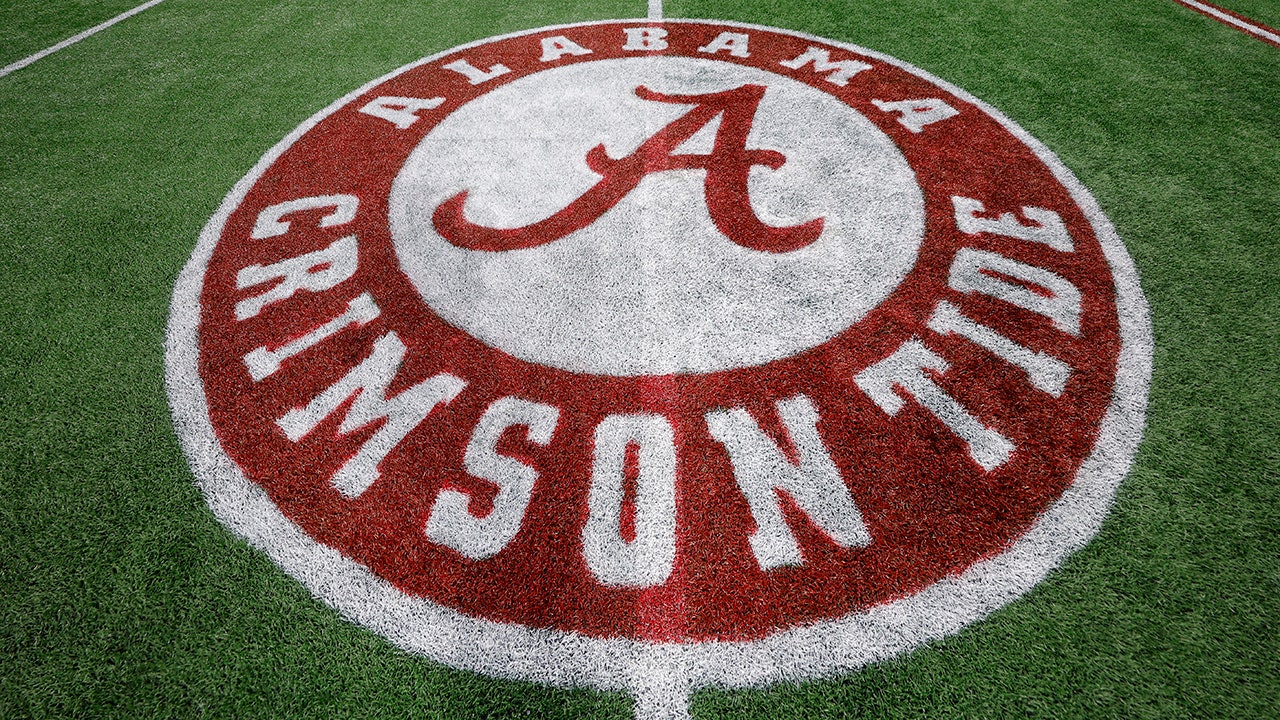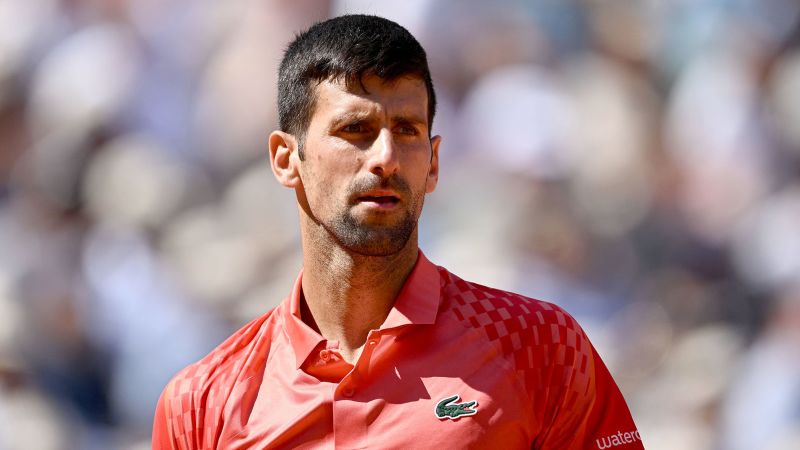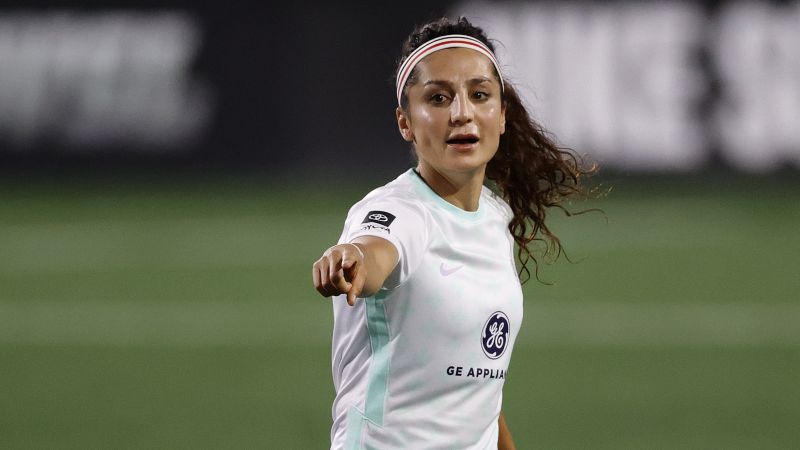Even Pete Rose knew Bud Harrelson was the Mets’ ‘heart and soul’

You want to know what kind of a man Derrel McKinley “Bud” Harrelson was? Let’s go back almost exactly 50 years, to the night of Jan. 27, 1974. This was the annual dinner put on by the New York baseball writers, at the old Americana Hotel on 52nd Street and Sixth Avenue, a black-tie affair to celebrate all that had happened in baseball in 1973.
Three months earlier, Harrelson had famously been involved in a scuffle at second base at Shea Stadium, squaring off with Pete Rose after Rose barreled into him at second base trying to break up a double play during the Mets’ 9-2 win in Game 3 of the National League Championship Series. And this had been no accidental brouhaha.
A day earlier, Jon Matlack had two-hit the Big Red Machine in Cincinnati, and Harrelson – a .258 hitter in in ’73, a .236 hitter for his career – had joked in his typically self-deprecating way that Matlack had made the Reds “look like me out there.” But then he added: “It looked like they were hitting off their heels.”
Rose was rankled when these comments were relayed to him. “What’s Harrelson, a bleepin’ hitting coach?” he raged, and then added a few more unprintable synonyms. He tried to get his teammates equally fired up but they wanted no part of it. So a day later, with one out in the bottom of the fifth, Joe Morgan rolled a grounder to John Milner at first, who relayed to Harrelson, who finished off the 3-6-3 by throwing back to Milner.
And in an instant, Harrelson and Rose were in each other’s faces, and then they were rolling around the infield dirt.
“It was total BS on Pete’s part,” Tom Seaver, Harrelson’s best friend and longtime roommate, recalled 30 years later. “We all respected how hard he played. But he tried to intimidate Buddy, and that was a big mistake. Buddy was 150 pounds soaking wet, but he wouldn’t back down from anyone.”
Rose was the target of New York’s ire the rest of the series, ducking whiskey bottles in left field, and was mercilessly booed at Shea for the next five years. But Rose was also a man who filled notebooks every day of his life. So the New York writers voted him their “Good Guy Award,” the most prestigious the chapter gives out every year. Rose got his award at the Americana that night in January 1974.
Looking back: Mets legend Buddy Harrelson opened up on his Alzheimer’s fight
Buddy Harrelson waited anxiously in the offices of Dr. Max Rudansky, a Huntington-based neurologist who had asked the Mets legend for the list of troubling symptoms.
It was the summer of 2016 and words seemed to be disappearing from Harrelson’s vocabulary. He had difficulty finishing sentences and completing thoughts and often lost his place in a conversation. These weren’t new concerns: In 2013 the family had taken Harrelson to a different doctor, who attributed the decline to natural aging, stress and possibly depression.
But the red flags kept appearing. Harrelson started getting lost driving familiar routes. His ex-wife, Kim, was a car-length behind when Harrelson zoomed past a turn he’d taken a million times in his Hauppauge neighborhood. He then over-corrected by taking a sharp left from the far-right lane, nearly causing an accident.
Rudansky listened as Kim described the harrowing experience before Harrelson admitted this wasn’t the first time he’d become disoriented. In October 2015, Harrelson was driving to his condo in Venice, Fla., where he visited after every baseball season. It was an annual trek — he knew the roads by heart.
Except this time.
And Buddy Harrelson presented it to him.
“I want the world to know,” Harrelson said, “that I hit Rose with my best punch – I hit him right in the fist with my eye.”
Harrelson died Wednesday night at 79 after a seven-year battle with Alzheimer’s Disease, and his passing means there will be one more absence now whenever the Mets teams who charmed the city and the sport in 1969 and 1973 gather for their periodic reunions. And this one will hurt a little bit extra, because that’s how essential Harrelson was to that team.
“You had Seaver, who was the greatest pitcher I ever saw, and you had great hitters like Cleon Jones and Tommie Agee, and later Rusty [Staub] and Milner,” Rose told me in 2008. “But the heart and soul of that team – ask anyone who played against them – was Bud Harrelson.”
The Mets had been a baseball joke in their infancy, but they were also wildly popular and so it seemed they might just accept that lucrative lot for years to come. But then a core of serious-minded kids began to arrive. Jones arrived in 1965, Harrelson in ’66, and Seaver in ’67. They had no interest in being baseball clowns.
“I think the thing I’m proudest of is that we not only refused to accept losing, we weren’t just satisfied reaching .500,” Harrelson said in 2004. “The guys in the press would laud us because we weren’t losing every day but our attitude was: we don’t want to be mediocre. We want to be champions.”
And Harrelson was their unofficial captain, making two All-Star Games, winning one Gold Glove, earning MVP votes in three different seasons despite never hitting higher than .258 or having an OPS+ north of 86 in those years.
Tough? Yes, he took on Rose and didn’t blink. It’s also worthwhile to see the film of the ’73 World Series, when he was mistakenly called out at home by Augie Donatelli at home plate despite clearly evading Gene Tenace’s tag. You want to see what a competitor looks like? Watch him leap in fury. Listen to him eviscerate Donatelli – and then intimidate him into revoking an ejection.
“He was our fire,” Seaver said.
He was also the third-base coach who ran a few yards behind Ray Knight as Knight scored the 10th-inning run that tied Game 6 of the ’86 World Series. And while his brief tenure as Mets manager ended badly the team did go 28-9 with an 11-game winning streak in his first 37 games on the job in the middle of the 1990 season, and for a fleeing moment “Buddyball” was a thing.
But, then, Buddyball was a part of the Mets’ fabric from the day he showed up as a 21-year-old callup in September of ’65. And, in truth, will always will be of the Mets’ very best moments – and memories.







